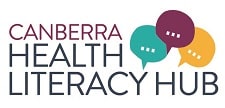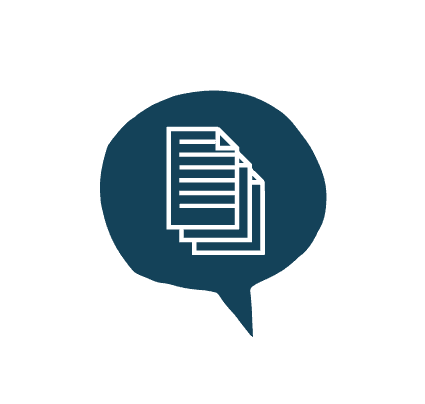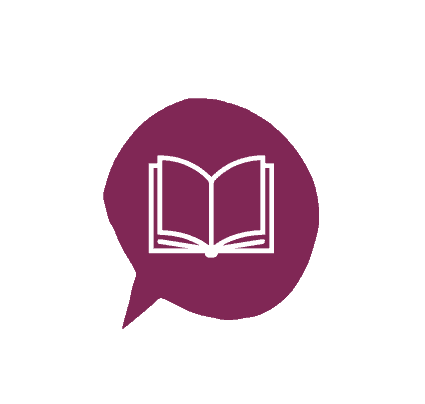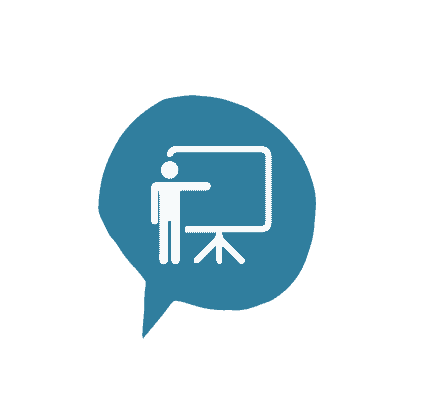Organisational Health Literacy for Community Services
Organisational Health Literacy for Community Services
What is organisational health literacy?
Health literate organisations “make it easier for people to navigate, understand, and use information and services to take care of their health.”[i]
Good organisational health literacy makes it easier for people to use and benefit from your service, and be healthy and well. Examples of organisational health literacy include:
- making sure your buildings provide a welcoming “first impression”,
- providing clear written information that people can act on,
- involving service users in decisions and in designing systems and written information,
- training staff to support service users with low health literacy, and
- improving the health literacy of staff and volunteers involved with your organisation.
Why is organisational health literacy important to the community sector?
A health literate organisation can[ii]:
- improve health and social outcomes,
- strengthen their strategic and operational advantage,
- improve consumer safety and reduce legal risk through effective communication,
- improve service quality and meet accreditation requirements,
- improve consumer satisfaction and reduce complaints, and
- improve efficiency and cost effectiveness.
Community organisations provide essential support to people who experience high demands on their health literacy. Your organisation may assist people to access the health services they need, or support people to find and use health information to make decisions about their health and care.
You can also take action to improve the health literacy environment in your organisation. For example, you can make it easier for consumers to understand information about your services, find their way around your service, and to work in partnership with your staff.
Good relationships and strong partnerships between service providers, consumers and carers lead to better outcomes.
There are practical tools you can use to assess, measure and improve your organisational health literacy. Many are written for health services, but the actions and tools are easy to adapt and apply to non-health service organisations.
Organisational Health Literacy Tools
HeLLO Tas! Toolkit
The HeLLO Tas! Toolkit was developed by community sector workers for community sector and smaller community health organisations. These organisations are less complex than hospitals and other large institutions that a lot of health literacy materials have been designed for.
The toolkit provides:
- a step-by-step process for doing a self-assessment and developing a Health Literacy Action Plan
- practical tools to help you with these tasks
- links to accreditation standards, resources and further reading material.
The toolkit and a range of supporting resources is available here.
Make it Easy
HealthWest Partnership and Inner North West Primary Care Partnership in Victoria have produced a handbook designed to support organisations to become more health literate.
The handbook will help you to:
- understand what it means to be a health literate organisation,
- conduct a mini self-assessment of your organisation (16 indicators),
- give you specific ideas for making improvements, and
- direct you to high quality resources.
Health Literacy Northern NSW
Health Literacy Northern NSW is an initiative of the Northern NSW Local Health District. One of the tools they have developed is a Checklist for Health Literate Organisations that measures the organisation against the 10 Attributes of a Health Literate Organisation and provides practical strategies to help improve outcomes against the 10 measures.
Gippsland – Victoria
The Gippsland Primary Care Partnerships have created The Gippsland Guide to becoming a Health Literate Organisation. This Guide provides tools and resources to support your organisation to become more health literate.
The Guide was developed specifically to align with the accreditation standards for Gippsland health services but it provides useful tools and assistance for other heath areas.
It also has a Mini Health Literacy Checklist which is a condensed version of The Gippsland Guide to Becoming a Health Literate Organisation. This condensed version will help highlight gaps in health literacy practice and identify how your organisation compares to best practice health literacy standards, the Ten Attributes of a Health Literate Organisation. The checklist will also support the development of an organisational improvement plan.
Other Resources:
The Harvard School of Public Health has a number of tools for assessing your health literacy environment to help with identifying any literacy barriers and how to address them. You can find a number of resources on their website.
References:
[i] Brach et al, 2012, Ten Attributes of Health Literate Health Care Organizations
[ii] HealthWest and INWPCP. Make it Easy: A handbook for becoming a health literate organisation. 2019. Available at: http://healthwest.org.au/wp-content/uploads/2019/08/HealthWest_Make-it-Easy_web.pdf
Last Updated on 27 March, 2024.




